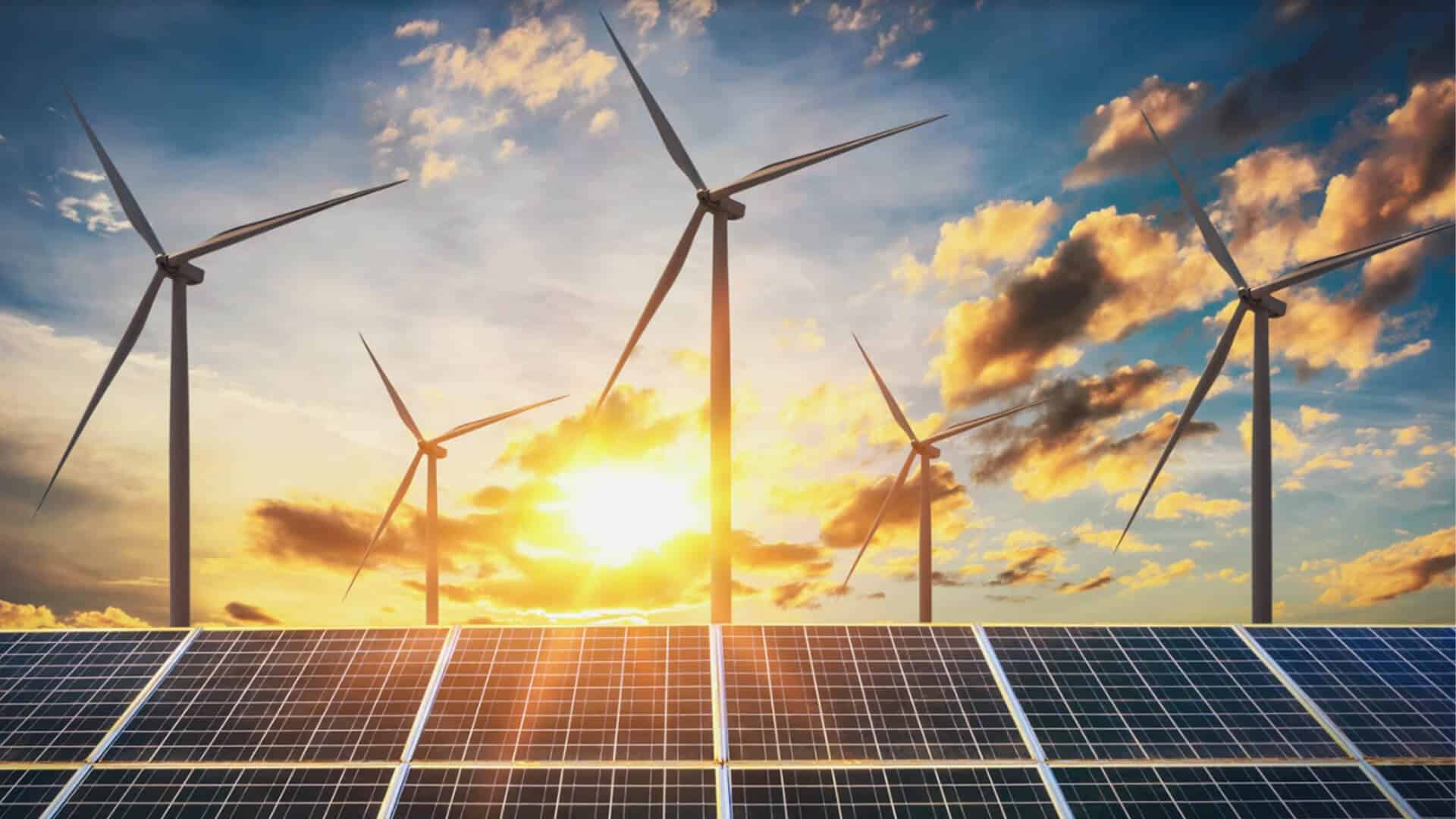The solar energy market is increasingly positioned and is becoming the prevailing energy consumption system due to its multiple advantages. At the end of 2019, there were already 583 GW of photovoltaic sources installed in the world, according to the International Energy Agency (IEA PVPS).
That is roughly equivalent to over 1,100 large coal, natural gas, or nuclear power plants incapacity, and about 250 such power plants in terms of total annual generation. This latter number is lower because the sun obviously does not shine 24/7, and solar farms generally have a capacity factor of 25-35%.
According to this body, two years ago was the moment when the solar energy market stabilized. During this period, an increase in this energy was experienced in all continents, highlighting India, Australia, Mexico, Korea, and Turkey compared to previous years, but there were important projects that promoted and normalized the use of photovoltaic energy also in the Middle East and Africa such as the installation of large supply plants that began operating in 2019.
Meanwhile in Europe, Germany, and the Netherlands experienced a new energy renaissance by investing heavily in renewable projects. In this scenario, the decarburization and the change from fossil fuels to a renewed, more sustainable world in a resounding way began just two years ago.
Solar energy already covers 2.6% of world energy demand, and as the IEA affirms, it is the source that has the most potential to grow exponentially in many countries of the world. Its speed of development is due to the versatility of photovoltaic energy systems when adapting to different environments. Thus, it manages to cover a wide spectrum of different market segments, since it can be applied both in individual systems to electrify rural areas, built-up areas, urban and industrial areas, and gigantic power production plants for supply. Photovoltaic energy always has a solution to adapt adequately to the relevant demand and to any environment, which makes it the most suitable industry to grow within the field of renewables.
The speed of expansion according to the IEA studies, they predict that it could depend on the decrease (more and more) of the prices of batteries, and of the standardization of electric vehicles. Although these factors are already part of society, we must not forget that photovoltaic energy is already deployed worldwide and that, according to data from the same agency, it is estimated that renewables will grow by 50% in the next five years and that this growth will be driven by photovoltaic energy.
It is expected that by 2024 the total capacity of renewables will reach 1.2 TW of which it is estimated that 60% will be photovoltaic and 25% onshore wind energy. If this forecast comes true, renewables would be satisfying 30% of global energy demand in just 4 years.
Troy Helming, the founder of Pristine Sun, a leading solar energy company and author of the book The Clean Power Revolution, knows that solar energy is only going to become more and more popular over time. As the world realizes that solar energy is perhaps the best means of extracting energy and one that does little to harm the environment, “it won’t be long before the solar energy sector starts to completely dominate all other forms of energy,” he says.
“This is an encouraging trend for many reasons, including the health of humanity due to cleaner air, water and food, as well as lower costs to society due to mitigation of climate change, lower healthcare costs, lower energy prices (solar is cheaper than natural gas in most parts of the world and cheaper than nuclear or coal everywhere), and lower costs due to the avoidance of the typical fossil fuel price volatility,” adds Helming.
The drop in the costs of these facilities and the favorable policies have undoubtedly made possible the leadership positioning of renewables, but we must not forget that these actions are driven by a change in consciousness worldwide, which is very encouraging in the face of solving other Sustainable Development Goals. In fact, the cost of generating energy from photovoltaic systems for self-consumption is already below the consumption prices of the conventional grid in almost all countries, and another drop of between 15% and 35% is expected by 2024.
Already in many parts of Australia and Europe, solar energy is becoming a major contributor to global energy demands. This is only going to grow. In fact, Helming points out, Germany, the largest economy in Europe and 4th largest worldwide, recently achieve a whopping 44.6% of its power generation from renewables according to Clean Energy Wire’s coverage of a recent energy report from Germany (source). Furthermore, says Helming, “in 2020, renewable energy beat fossil fuels across Europe – for the first time ever (Forbes). We are living in exciting times, for those who value the health of humanity and Mother Earth, stimulating the world’s economies with good-paying clean energy jobs, and lowering both the cost and the unpredictable nature of price volatility inherent in fossil fuels,” says Helming.







